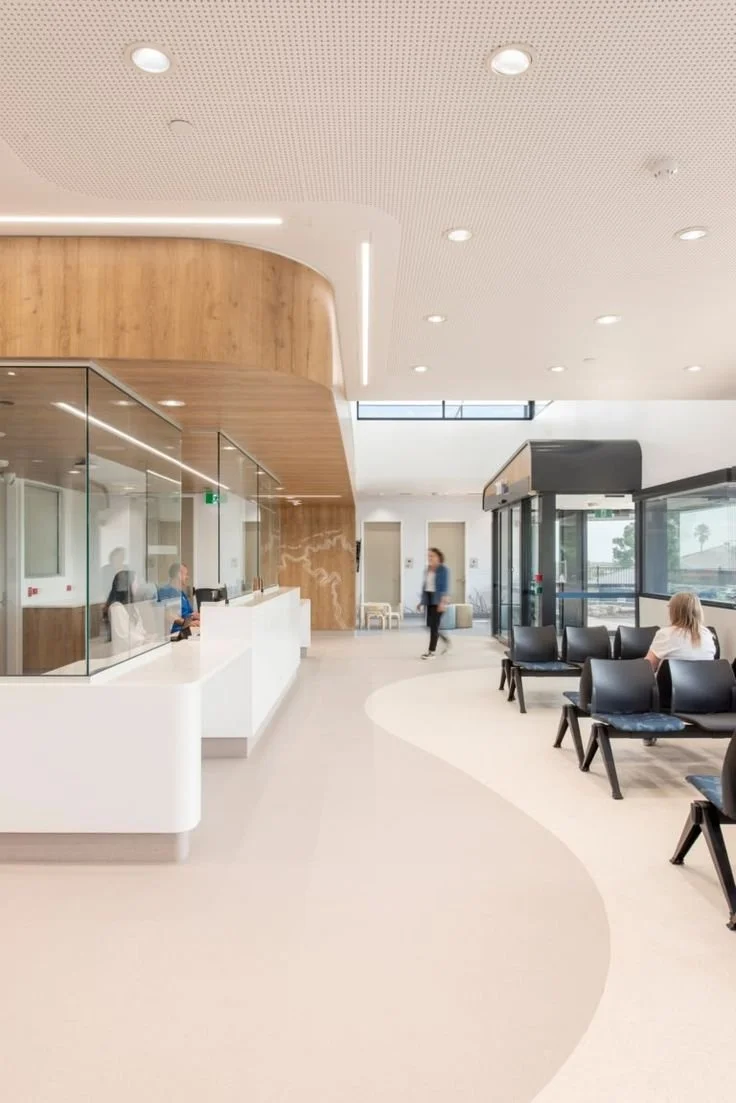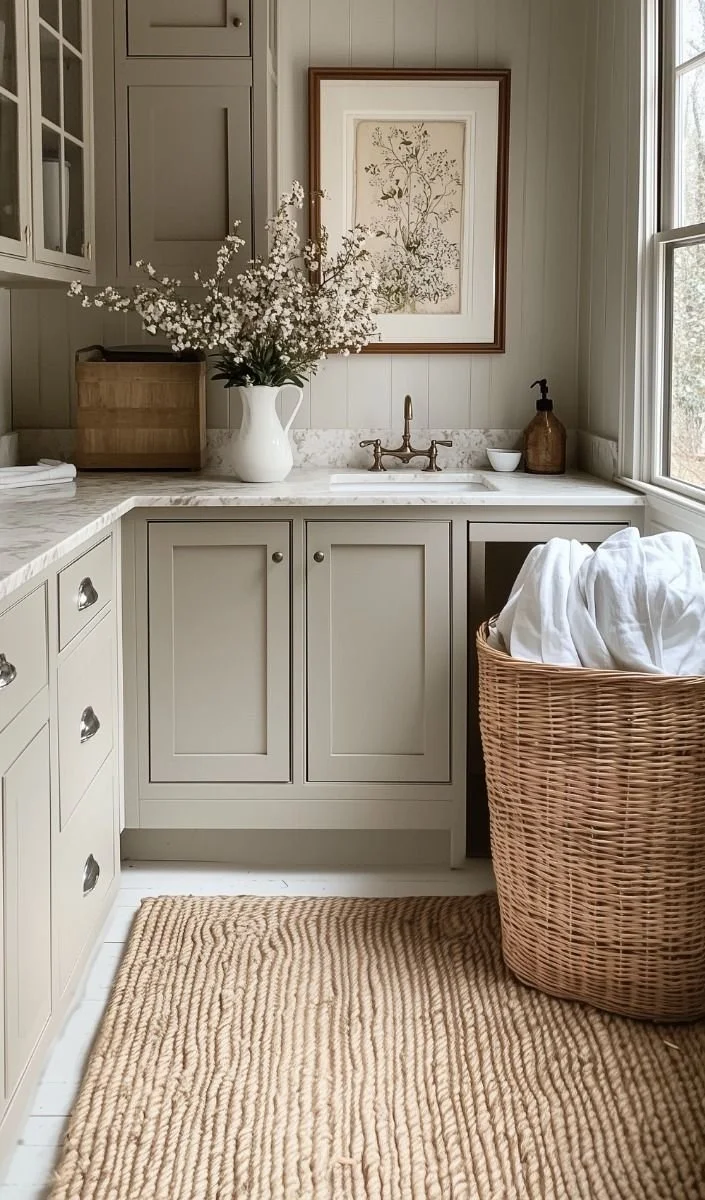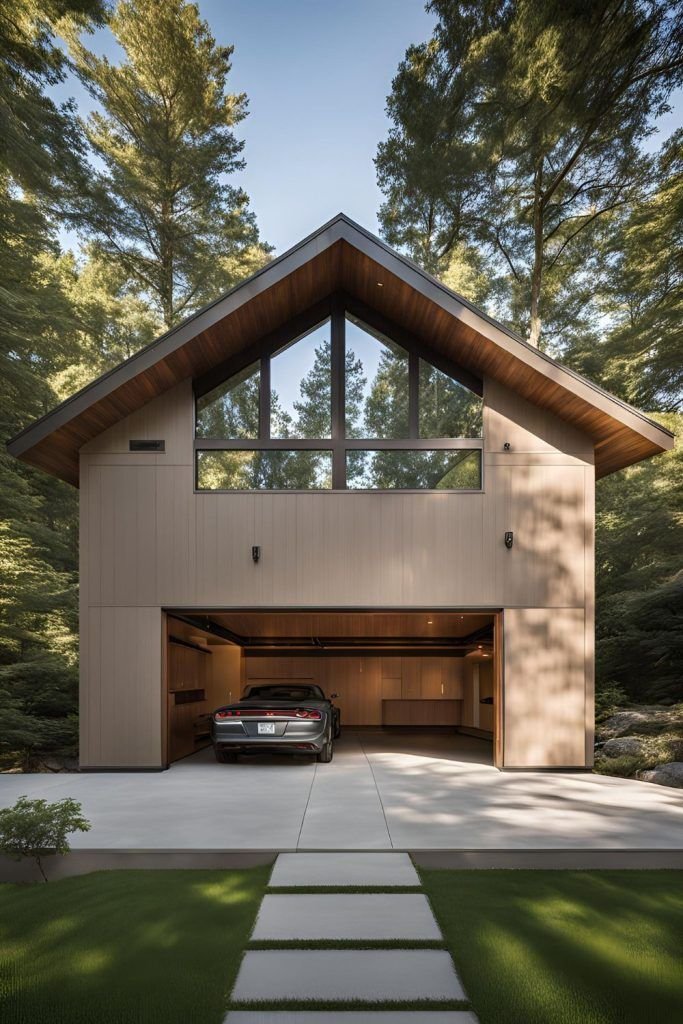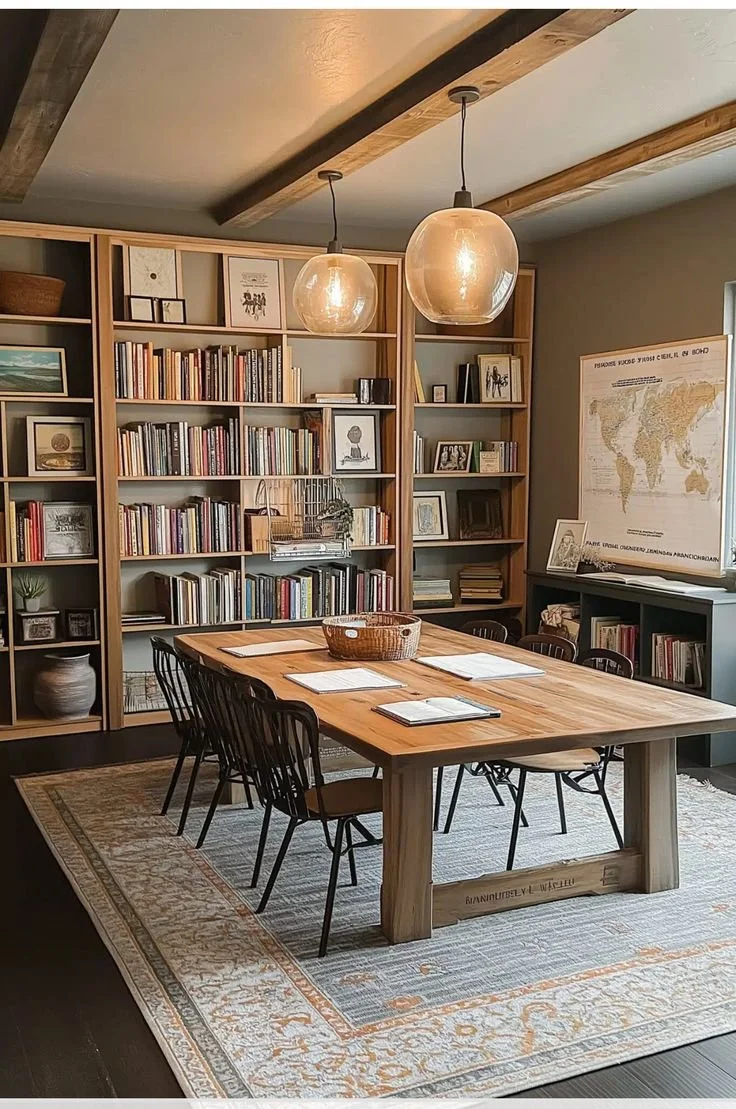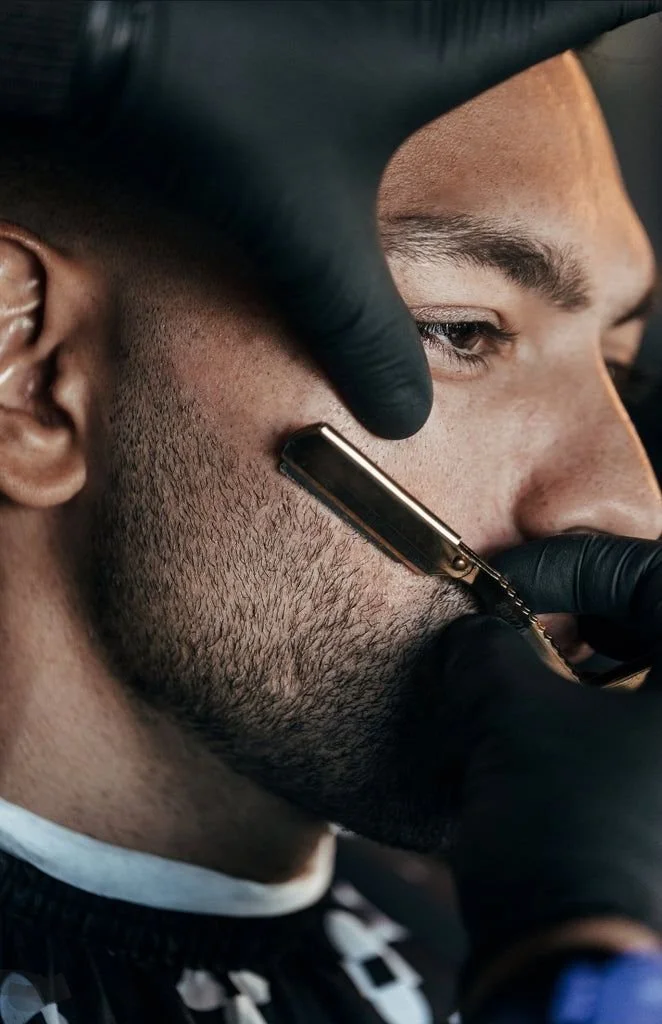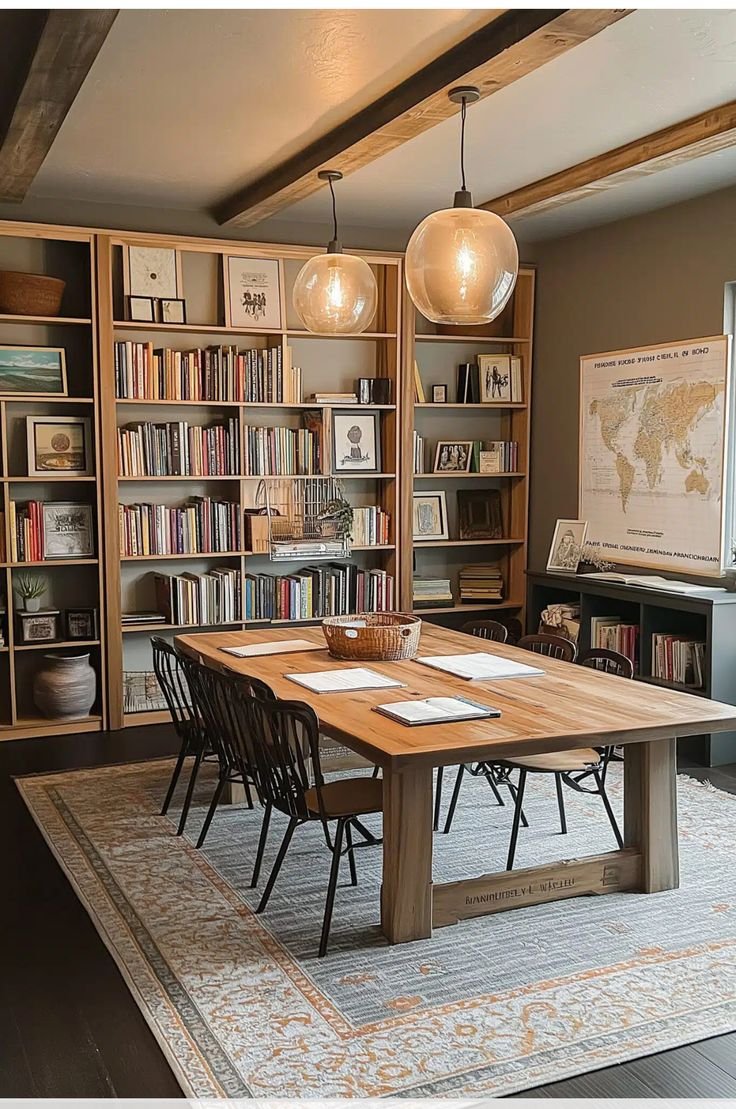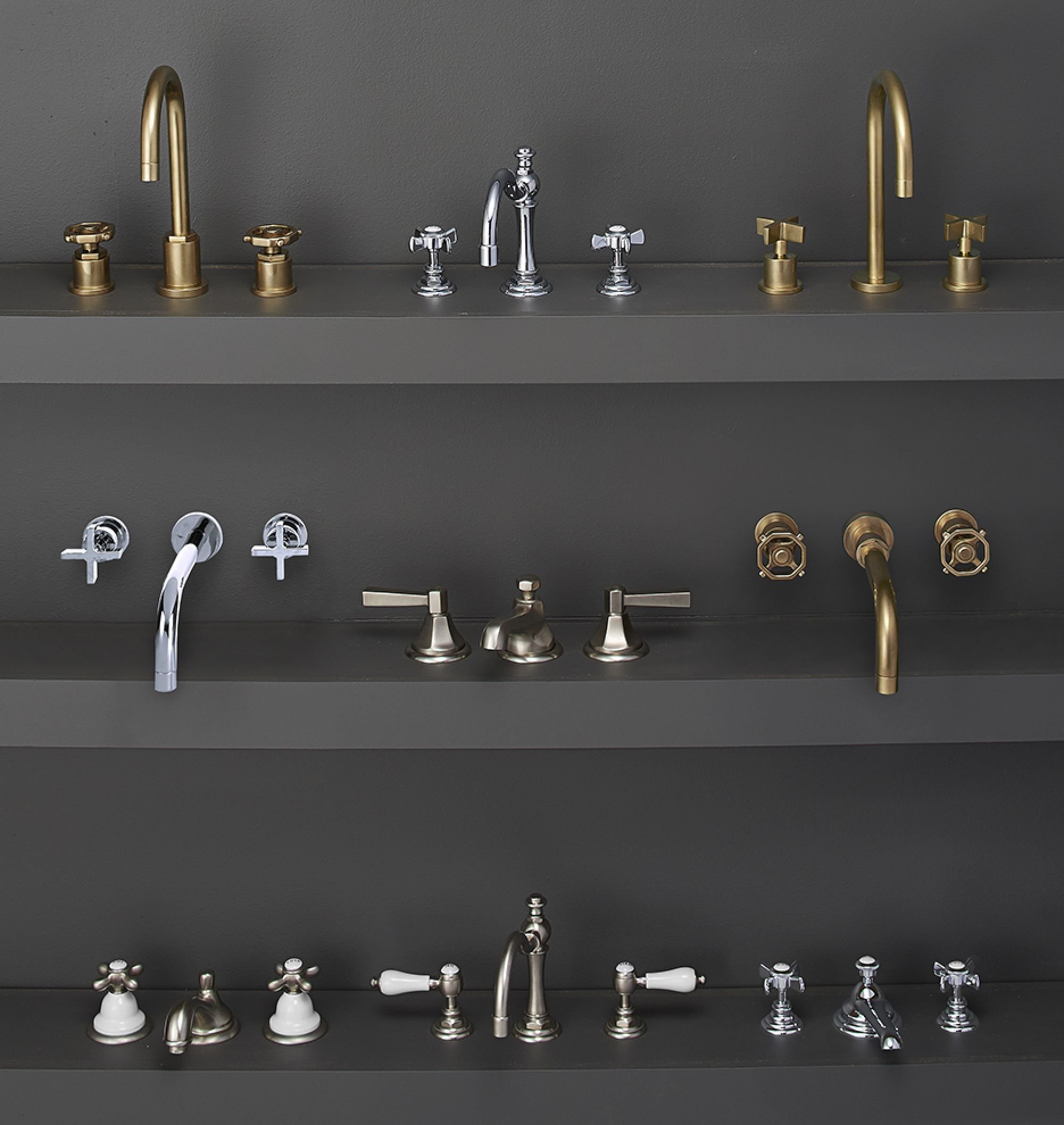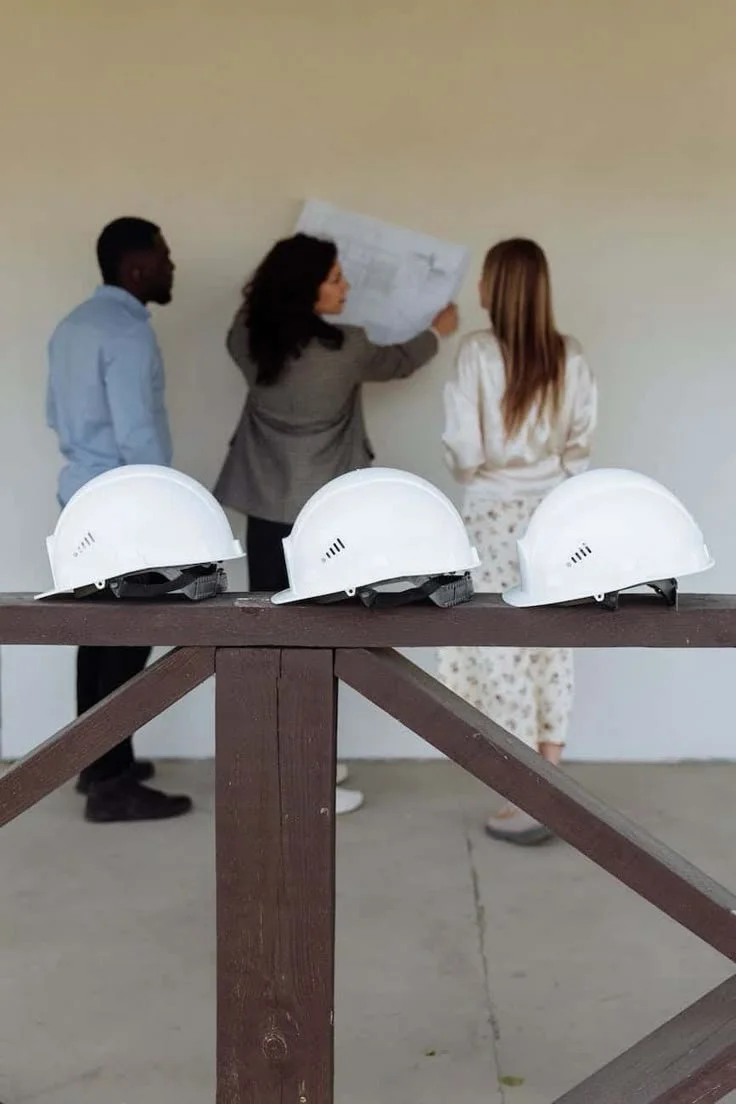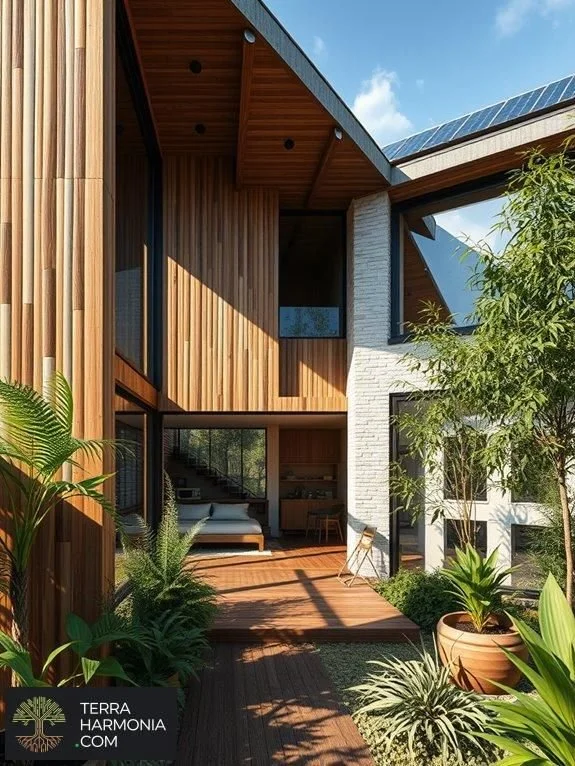America’s teenagers are facing a growing mental health crisis. According to recent CDC data, nearly 37% of high school students reported experiencing poor mental health during the COVID-19 pandemic, with rates of depression and anxiety reaching unprecedented levels.
As parents, educators, and healthcare providers search for effective, holistic interventions, one critical factor is often overlooked: nutrition. Emerging research reveals that what teens eat plays a vital role in how they feel, think, and function. The connection between diet and mental health is deeper and more complex than many realize, offering both challenges and opportunities in supporting adolescent well-being.
In this article, we explore the science behind nutrition’s impact on the teenage brain, highlight essential nutrients, and offer practical strategies to help families support teen mental health—one meal at a time.
No. 1
The Critical Connection Between What Teens Eat and How They Feel
What teenagers consume daily doesn’t just fuel their growing bodies—it directly influences their brain chemistry and emotional regulation. Understanding this connection provides powerful tools for supporting teen mental health through dietary approaches.
Today’s adolescents face extraordinary stressors, from academic pressure and social media to global uncertainties. These challenges have contributed to a surge in depression, anxiety, and other mental health disorders. Yet, many conventional treatment plans overlook the fundamental role nutrition plays in brain function and emotional resilience.
No. 2
The Science Behind Nutrition's Impact on Teen Brain Development
The Adolescent Brain
The teenage brain undergoes a significant remodeling process. Neural pathways are pruned and strengthened based on use, and this development requires specific nutrients to support healthy function and structure.
The Gut-Brain Axis
Rolling Hills Estates is known for its serene landscape and commitment to balanced living. The affluent Los Angeles County community features equestrian trails, stunning ocean views, and a strong emphasis on health and wellness throughout its residential neighborhoods.
The local Teen Mental Health Treatment Center in Rolling Hills Estates shows this community's commitment to wellness by incorporating nutritional therapy alongside traditional mental health treatments. Its comprehensive approach recognizes that the gut and brain communicate constantly through a complex network called the gut-brain axis.
This biological communication system explains why digestive issues and mental health problems often coincide. The gut microbiome, the community of bacteria in the digestive tract, produces neurotransmitters like serotonin that regulate mood. What teens eat directly impacts this microbiome, influencing their mental state through multiple pathways.
Recent research has shown that teens with varied, nutrient-dense diets tend to have more diverse gut microbiomes and better mental health outcomes than those consuming primarily processed foods. This emerging understanding offers new opportunities for supporting struggling adolescents.
No. 3
How Nutrition Impacts Brain Development During Adolescence
Adolescence is a critical window for brain development. Nutrients consumed during this time serve as the building blocks for neurotransmitters, neural connections, and brain structure. Without proper nutritional support, this development can be compromised.
Despite growing evidence linking diet and mental health, nutrition remains largely absent from many mental health treatment protocols. This gap represents a missed opportunity to use food as a complementary tool in supporting adolescent wellness.
Understanding the biological mechanisms that link diet and mental health lays a powerful foundation for more targeted and effective strategies in supporting teen wellness. The growing body of scientific evidence surrounding nutrition’s influence on the developing brain offers a clear, evidence-based roadmap for implementing practical dietary interventions that nurture emotional balance, cognitive function, and long-term mental resilience in adolescents.
Thrive Market
Healthy living made easy!
Shop Thrive Market for organic groceries, sustainable products, and everyday essentials—all delivered to your door.
Save money, live well.
No. 4
Essential Nutrients That Support Teen Mental Wellness
Omega-3 Fatty Acids
Omega-3s are essential for brain development and have been shown to reduce inflammation associated with depression and anxiety. Found in fatty fish, walnuts, and flaxseeds, these fats support cell membrane integrity and communication between brain cells.
B Vitamins
B vitamins—especially B6, B12, and folate—are crucial for synthesizing neurotransmitters like serotonin and dopamine. Whole grains, legumes, and leafy greens are excellent sources of these mood-regulating nutrients.
Minerals
Magnesium, zinc, and iron are essential for nervous system function and stress response. Iron deficiency, particularly common among adolescent girls, can lead to fatigue and mood disturbances.
Ensuring teens receive these nutrients builds a strong biological foundation for emotional resilience and cognitive clarity.
No. 5
Practical Nutrition Strategies for Supporting Teen Mental Health
Building a Teen-Friendly Mental Health Meal Plan
Creating a sustainable nutrition plan starts with small, manageable changes. Rather than overhauling a teen’s entire diet, introduce brain-supporting foods alongside familiar favorites. Also, consider how meal timing affects mood—irregular eating can destabilize blood sugar and exacerbate emotional swings.
Involving Teens in Their Nutrition Choices
Teens value autonomy. Instead of imposing strict diets, educate them about how nutrition affects mental health and involve them in meal planning and preparation. This approach builds life skills and encourages ownership of their well-being.
Navigating Social Eating and Peer Pressure
Social settings can make healthy eating difficult. Teach teens how to make balanced choices without feeling restricted or excluded. Emphasize flexibility and moderation rather than all-or-nothing thinking.
No. 6
When to Seek Professional Support
While nutrition can significantly support mental health, it’s not a standalone solution for all teens. Recognizing when to involve professionals is essential.
Signs That Nutritional Interventions Need Professional Guidance
If a teen shows drastic changes in eating habits, persistent mood issues, or physical symptoms, it may signal an underlying condition that requires specialized care.
Finding Teen-Friendly Nutrition Professionals
Seek registered dietitians with experience in adolescent nutrition and mental health. These professionals can tailor plans that align with a teen’s lifestyle and preferences.
Integrating Nutrition Therapy With Other Mental Health Treatments
The most effective care combines nutrition with therapy, medication (when necessary), and other mental health interventions. Coordinated care among dietitians, therapists, and physicians ensures a comprehensive approach to healing.
No. 7
Common Questions About Teen Nutrition and Mental Health
Does changing my teen’s diet cure their depression?
No. While nutrition can significantly support mental health, it’s most effective when used alongside therapy and, if needed, medication.
How quickly can nutritional changes improve mental health symptoms?
Some teens may feel better within days, while others may take weeks. Consistency is key.
What if my teen refuses to eat brain-healthy foods?
Start with small changes to familiar meals. Involve them in cooking and focus on adding healthy options rather than restricting favorites.
Takeaways
The connection between nutrition and teen mental health is undeniable. As research continues to uncover the biological links between diet, brain development, and emotional well-being, families have an opportunity to support their teens in a profound and practical way.
While nutrition alone may not resolve every mental health challenge, it is a powerful, often underutilized tool that can complement traditional treatments. By understanding the science and implementing realistic strategies, parents and caregivers can help teens build resilience from the inside out.
Perhaps the most nourishing message we can give our teens is this: every bite matters—not just for their bodies, but for their minds, too.
Looking for Wellness resources?
Are you looking to enhance your wellness routine? Explore our wellness partners who offer a wide range of resources to support your journey toward holistic living and well-being.











